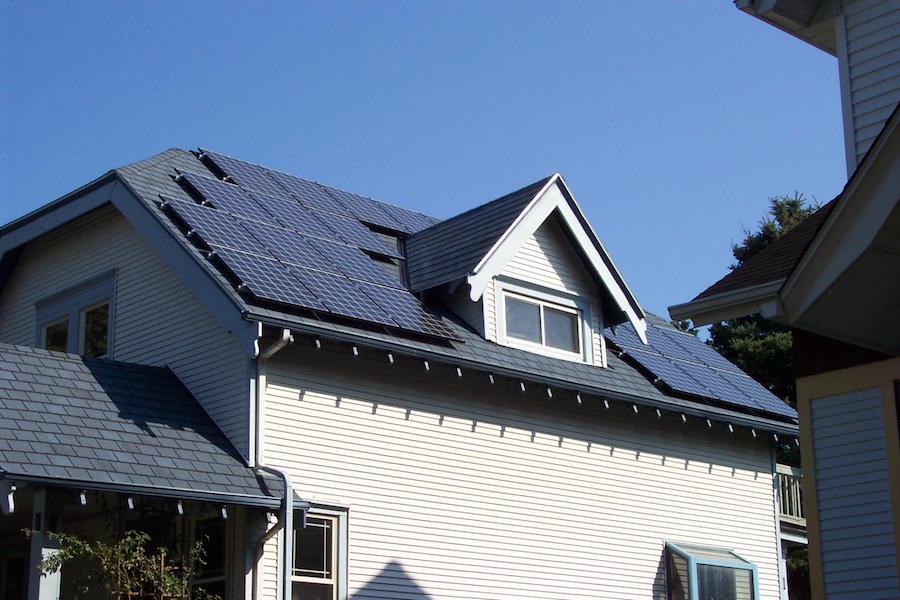
Features
Energy & Power
Renewables
Neighbours should band together for true community-based solar
April 1, 2016 | By Anthony Capkun

March 31, 2016 – Part of solar energy’s future—especially for residential use—may be small, community-based systems in which neighbours unite in the construction and use of solar systems to optimize the energy produced and share in the benefits.
Research by engineers at Oregon State University indicates that an optimal development of neighbourhood solar energy might increase the total electricity produced by 5-10% while reducing the variability and unpredictability of the resource.
“The conventional approach to residential solar energy is to look at each home as an individual package, building its own solar system whether or not that’s a good location,” noted doctoral candidate Mahmoud Shakouri. “But by grouping 10 or 20 houses in a neighbourhood—all of whose owners are interested in solar energy—we can optimize the use and placement of solar panels and let everyone share in the savings.”
With this approach, the use of various rooftops and land for solar energy production may vary from house to house, depending on things like a home’s orientation, roof slope and shading from trees or other structures. Some structures simply lend themselves better than others to solar energy.
The idea has been considered for some time, Shakouri said, but failed to generate much headway in the States due to limited interest in solar energy, high initial costs, and tax credits or incentives that fail to recognize this approach to optimizing the solar resource.
The approach developed at OSU, Shakouri said, borrows formulas from economic theory; it’s been used in the stock market in the form of portfolio investment to maximize profit while reducing risks. Given the high initial cost of some solar systems—averaging about $20,000 for a 4kW residential system—reducing risk is important to people interested in the technology.
Studies done at OSU included a case study of collaborative solar energy among 24 homes in a neighbourhood in Corvallis, Ore., which has sunny summers but often-cloudy and rainy winters—not exactly the nation’s best bet in terms of solar energy production. Even there, this approach increased the annual electricity output of the homes by 4.6% and reduced the volatility in electrical output by 4.3%.
The use of approaches such as this may become more common as the efficiency of solar technology improves, more people become aware of its potential, and legislation or policies are changed to better enable community solar projects, researchers say. More work is also needed to determine how to contractually share expenses, profits and benefits among cooperating neighbours.
PHOTO: Residential use of solar energy in Wisconsin. Photo by Matt Montagne, courtesy Oregon State University.
Print this page